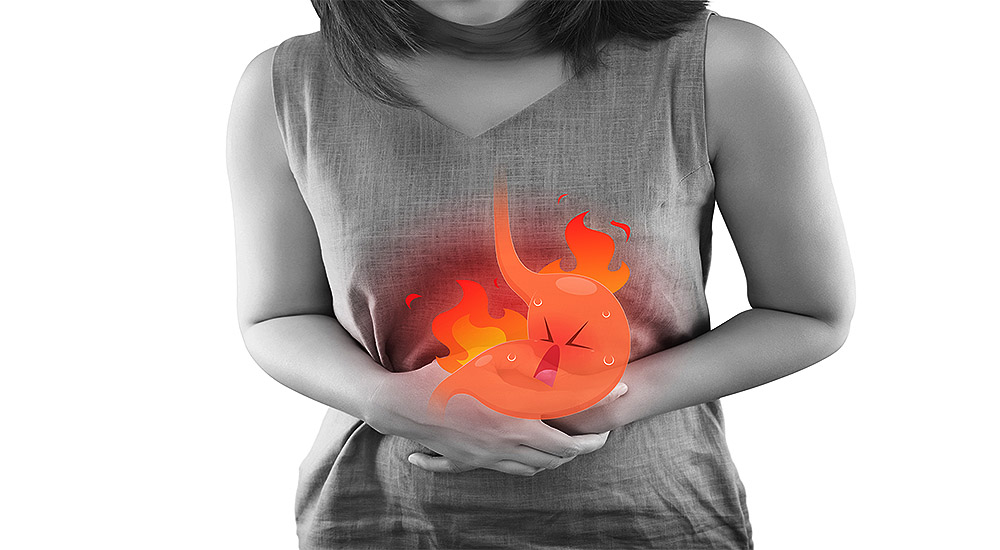In Pain? Hypermobility may be the Cause!

In Pain? Hypermobility may be the Cause!
At Root Cause Medical Clinic we know that hypermobility of joints, often known colloquially as being “double-jointed” is the condition when a person can extend and stretch a joint without any pain or discomfort despite moving beyond the normal range of motion. Children naturally possess hypermobile joints at birth because their tissues are not fully mature. But when this condition extends into adulthood, it can pose some problems.
• poor muscle tone
• poor sensory receptors within the joints called proprioceptors
• shallow joint sockets (you are born with this)
• genetic conditions such as Ehlers-Danlos syndrome, Marfan's syndrome, and Down’s syndrome are particularly associated with hypermobility
• able to excel in some sports such as gymnastics, ballet, etc.
It’s Important to Distinguish Between “Growing Pains” and Hypermobility
Hypermobility in joints can start posing problems in early childhood. At Root Cause Medical Clinic we see children more often than not complain of pain in and around their joints and sometimes muscles, which parents and doctors tend to erroneously label as “growing pains”.
It is important to note that the pain the child is complaining of may not be “pain” at all but rather soreness or fatigue. Of course, the young child would not have the word “fatigue” in his/her vocabulary so “pain” is the word they choose to describe the discomfort they are feeling. Parents and medical professionals should not take these complaints lightly or brush them off.
The child should be examined carefully and hypermobility tests performed by a physical therapist. Their ligaments and tendons should be palpated to reveal true discomfort. Typically there will not be any muscle soreness, atrophy, nor joint swelling. The problem with hypermobile joints stems from their inherently loose tendons and ligaments. The ligaments and tendons of any joint are like cable wires that go taut and stabilize the joint when the muscles have to work. But with hypermobility the tendons and ligaments are similar to bubble gum –they stretch a lot and therefore do not necessarily stabilize the muscle.
In such instances, the muscles have to work very hard and therefore they get tired faster, explaining the discomfort so often suffered. Patients with hypermobility symptoms often complain of pain in their knees and ankles. They also tend to fatigue faster and feel as if their legs are buckling under them.
Root Cause Medical Clinic Recommends Early Diagnosis!
Hypermobile joints can easily be diagnosed by a qualified Physical Therapist through performing a series of movements with the patient as well as through postural observation. There is a 12 point scaling system that categorizes the level of hypermobility in a patient. Some people may have no symptoms for a long time but instead experience secondary issues such as:
• poor alignment of the spine and back pain.
• repetitive stress from computer work and typing
• carpal tunnel syndrome,
• trigger fingers
• ankle or knee sprains
These patients typically come to see me at Root Cause Medical Clinic for treatment for the above secondary problems. Then after a comprehensive evaluation, I notice the underlying hypermobility—the true root cause of their problems. If we don’t work together towards stabilizing the hypermobile joints and surrounding structures, the patient will continue re-injuring the joint again and again. That can prove frustrating for patients and clinicians alike.
How is Hypermobility Treated?
The physical therapy treatment for hypermobility ranges from simple pain relief to complex neurodynamic therapy. Joint protection is very important during the initial phases of pain. Bracing and taping may be employed along with other electrotherapeutic modalities such as ultrasound and electrical stimulation.
One of the key components in treatment includes a form of therapy called neuromuscular re-education with joint and muscle stabilization techniques. Dynamic and functional exercises that incorporate stability are also included early on in the program.
Prior to embarking on any treatment a detailed physical therapy evaluation is a must. This will evaluate all the problem joints and muscles that are involved. Once completed, a treatment plan can be tailor-made for the patient.
Hypermobility goes undiagnosed too often and can be the underlying problem of so much structural pain and discomfort. Ideally, the problem should be discovered early on and treated accordingly before the joints become degenerated and develop arthritis.
Do you need help with your health?
We have the diagnostic and testing tools, the clinical experience, and a different medical approach to discovering the root cause of why you have the symptoms that are bothering you. As long as you are ready to make some dietary and lifestyle changes, we can help you. We will "hold your hand" through the changes, step by step, to make each step an easy one. We are located in Clearwater, FL, at 1000 S Ft Harrison, at the corner of Ft. Harrison Ave. and Magnolia St. There is plenty of parking space directly accessible from Ft Harrison. If it is not convenient for you to come to Root Cause Medical Clinic, we offer telehealth/telemedicine consultations to residents of certain states. Call us for details.
Contact us for a Consultation – Call 727-335-0400
Ask a Doctor
Have a health concern you'd like to speak with a doctor about? Or just want clarity on a subject? Ask Us!
Featured Articles
Popular Stories

Dr. Rupa Chakravarty DPT, OCS
Director of Physical Therapy at Root Cause Medical
Doctor of Physical Therapy, Orthopedic Certified Specialist
Dr. Chakravarty has numerous certifications for different techniques in Physical Therapy practice. She employs an extensive array of manual as well as exercise techniques to manage her patients’ symptoms during their course of therapy.


